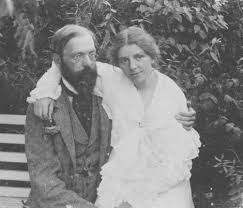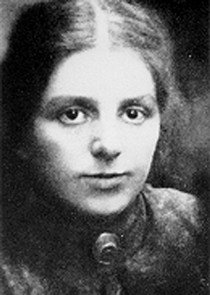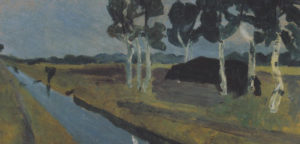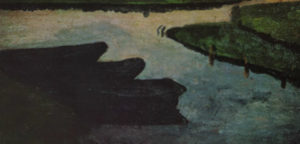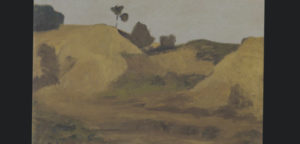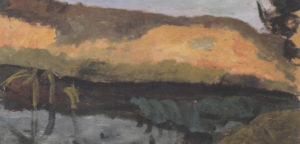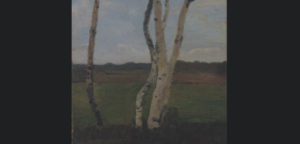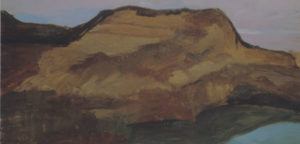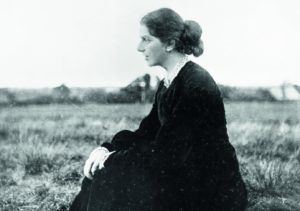The artist was born on February 8 in 1876 in Dresden, Germany.
1876 - 1907
Paula Modersohn-Becker
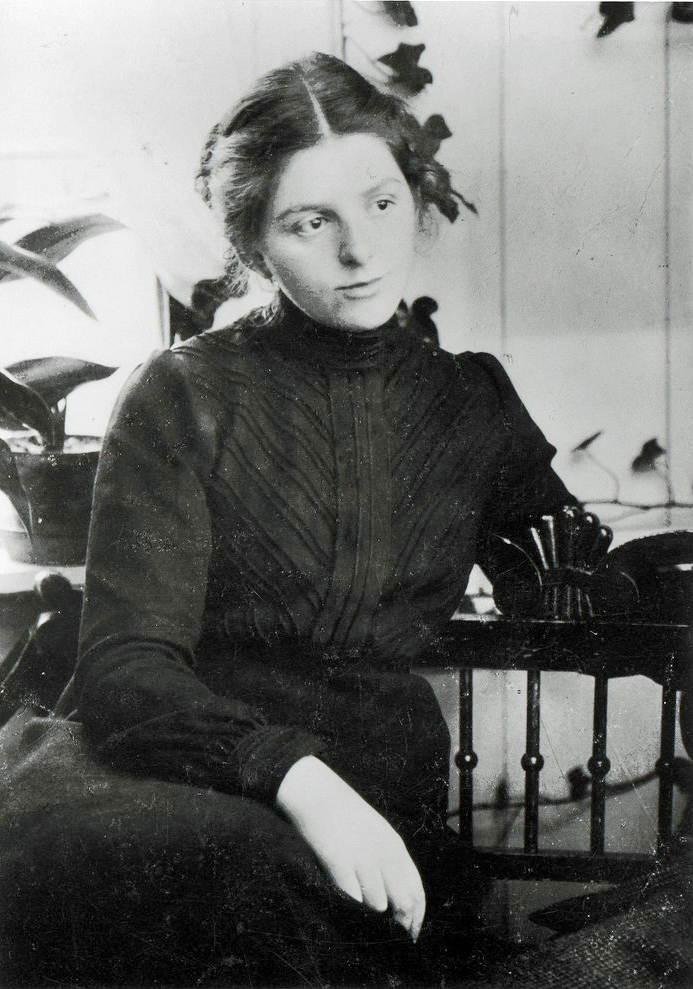
description
A German innovative artist, a prominent representative of the colony of Worpswede artists, a wife of famous painter Otto Modernsohn.
Born into a cultural and intellectual family. Paula was the third of seven children; since childhood, she painted and played music together with her brothers and sisters. In 1888, the Becker family moved from Dresden to Bremen, where her father received the position of an architect.
Paula Modersohn-Bekker was one of the first Expressionists, who was unrecognized during her lifetime, but over time became a famous representative of European visual art. While living in Paris, she communicated with the most advanced artists and sculptors, was in close friendship with R. Rilke and members of the Nabi group. Her paintings reflect a deep understanding of contemporary artist trends in art, but at the same time reflect her rich inner world. Despite the fact that Paula Moderzon-Becker died young and sold only a few works during her entire creative career, she is considered one of the most important contemporary German artists – the direct predecessor of German Expressionism.
Key ideas:
– The work of Paula Modersohn-Becker absorbed the best achievements of European avant-garde painting at the turn of the 20th and 19th centuries and was far ahead of the art of her colleagues not only from the Worpswede colony, but also from all over Germany. The artist spent a lot of time in Paris, where she quickly mastered the whole variety of artistic trends and developed her own bright and very personal style.
– Paintings by Becker, most of which are portraits, impress with their boldness, power of color and confident work with the material. However, the works of the German artist are very harmonious, they radiate warmth and femininity, creating emotionally filled and non-standard images.
– The main characters of the canvases of Modersohn-Becker are small girls, mothers with their babies, villagers and artist’s friends. She also often painted self-portraits, depicting herself in different emotional states and trying different painting techniques «on herself».
– The most powerful images of Becker’s paintings are old people and poor peasants from Worpswede, skinny and ragged village children, for whom the artist, of course, felt sympathy admiring their steadfastness in overcoming life difficulties.
– Since 1903, the artist had worked a lot on still lifes, in which she applied a more simplistic radical style.
– Paula Modersohn-Becker was one of the first in Germany to use flat, two-dimensional images in a variety of genres. She tried to achieve a relatively rough simplicity in her paintings, working in large planes and outlining contours with wide dark expressive lines. Deliberately distorting the real forms of objects, the artist created a bright vivid picture of the world, purely personal, nevertheless, understandable and accessible even to an unenlightened viewer. Modersohn-Becker’s progressive approach to painting made her, along with Gauguin and Van Gogh, an important representative of early European Expressionism.
1876
1892
1896
1898
1900
1901
1903
1905 - 1906
1907
The artist was born
She went to her aunt to London
At the insistence of her parents, she went to her aunt to London. There the woman learnt homekeeping and English, visited a private art school. Having returned from England, she started attending teaching courses in Bremen. The profession was not easy for Paula to master; as a reward, her father allowed her to learn painting from artist Bernhard Wiegand. During these years, Becker created her first paintings depicting members of her family, as well as self-portraits.
Received education at a renowned art school
Received education at a renowned art school of the Union of Berlin artists. Paula Becker attended a course in drawing and painting, living in Berlin with her relatives. The girl visited museums and art galleries, where she learnt the samples of classical and modern painting and copied some paintings. During the summer holidays, she first visited the Worpswede colony of artists whose work made a strong impression on her.
Learnt drawing and painting from Fritz Mackensen
Learnt drawing and painting from Fritz Mackensen in Worpswede. There the artist met Clara Westhoff, who studied modeling and drawing with Mackensen and planned to become a sculptor. A little later, Paula Becker began a warm relationship with the spouses Moderzohn and G. Vogeler. In this period, the painting of the artist acquired characteristics that could not be supported by her comrades.
She went to Paris
Having saved a sufficient amount of money, she went to Paris, where she had dreamed of continuing her art education. In the capital of France, Becker studied at the popular Kolarossi Academy. The apartment was rented by the artist together with her friend Clara Westhoff, with whom she visited art exhibitions and museums. During the first trip to Paris, Paula Becker saw the achievements of modern painting, especially admiring the works of P. Cezanne.
She married the recently widowed Otto Modersohn
After returning to Germany, she married the recently widowed Otto Modersohn. The couple stayed in Worpswede, where Paula worked in her own workshop. In the early years of marriage, the artist often depicted her foster daughter Elizabeth and other children, as well as landscapes of Northern Germany and the villagers. Moderzohn-Becker’s style of painting became more relaxed and colorful.
Modersohn-Becker focused on still lifes
In an effort to develop her skills, she went to Paris. There Moderzohn-Becker talked to many famous artists and got acquainted with the works of P. Gauguin. The artist communicated a lot with the Rilkes, attended art galleries and exhibitions. After two months in France, she returned home, where, under the influence of what she had seen, she began to work in a slightly modified manner. At this time, Modersohn-Becker focused on still lifes.
Paula left her husband
The artist again visited Paris, where she took private painting lessons. During this period she created a large number of paintings, including many portraits and self-portraits. The relationship with her husband, who eventually ceased to approve his wife’s passion for avant-garde pictorial trends, became increasingly tense. In February 1906, Paula left her husband.
The artist died of an embolus
After the renewal of the relationship with Otto Moderzohn, she returned to him to Worpswede. Paula was pregnant and worked very little during that period. After giving birth to her child, due to complications with her pregnancy, she was prescribed bed rest; on November 20, the artist died of an embolus.
Paula Modersohn-Becker
On Artist
flow
Impressionism
Postmodernism
friends
Otto Modersohn
Fritz Mackensen
Fritz Overbeck
Hans am Ende
Heinrich Vogeler
Bernhard Hoetger
artists
Paul Cezanne
Vincent van Gogh
Pablo Picasso
Maurice Denis
Bernhard Wiegandt
Albrecht Durer
Lucas Cranach the Elder
Hans Holbein the Elder
Titian
Sandro Botticelli
Leonardo da Vinci
By Artist
flow
Expressionism
friends
Clara Rilke-Westhoff
artists
Wassily Kandinsky
Franz Marc
August Macke

